Order Includes:
One authentic WW1 British Soldier's Uniform Button, as picturedElegant protective case for preservation and display of your artifact Certificate of Authenticity
Notice - Shipping times may be delayed by holiday season





Please Note: Our items are original artifacts, therefore they cannot be produced to meet demand. For this reason our items tend to sell out quickly, and this item may not be available in the near future.
These are original WW1 buttons taken off the uniform of an English soldier who fought in World War 1.
Thicker and heavier than most others at the time, this button is made of brass and features the coat of arms of the English Royal Family; house Windsor, then called house Saxe-Coburg. The crest displays a lion and a unicorn; two creatures heavily associated with England’s royalty.
The standard English infantryman was dressed in a uniform of solid khaki color, with five of these large buttons fastened to the center of the coat.
Ancient Artifacts guarantees the Authenticity of items sold through a three layer system of protection:
Your WW1 British Button will look very similar to the one shown in the photos. There will always be some variety, given our items are unique historical pieces.If for whatever reason you get anything that does not fit this description you are entitled to your money back!
It is possible to own a British soldier’s World War I medal because, after the war, the British government issued millions of medals to those who had served, and they became the personal property of the recipients. Medals like the British War Medal, Victory Medal, and 1914-15 Star were mass-produced and distributed in huge numbers to soldiers, sailors, and airmen across the Empire. Once awarded, these medals belonged to the individual, and over time, many were passed down through families, sold, or lost. As generations moved on, some descendants chose to sell them, often through antique dealers, auctions, or private collectors.

One authentic WW1 British Soldier's Uniform Button, as picturedElegant protective case for preservation and display of your artifact Certificate of Authenticity
463 Reviews
The delivery took quite a while, but this has nothing to do with the saler. I am very happy with my purchase, having a real piece of history in my home is really cool. The little display case looks nice and sturdy.
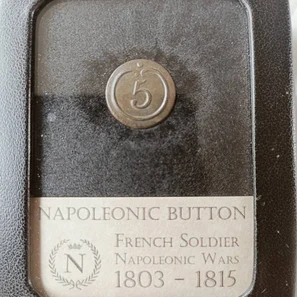
Fast shipping came in great condition well package.
Coin is very beautiful. Five stars.
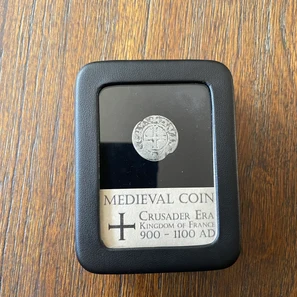
All perfect packaging and excellent delivery times. It was a real pleasure
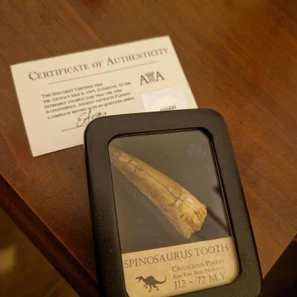
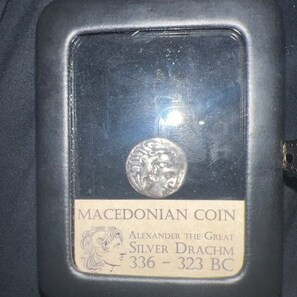
The button arrived upside down in the display case so I had to open it up and fix it before gifting. Other than that everything was great! Neat gift.
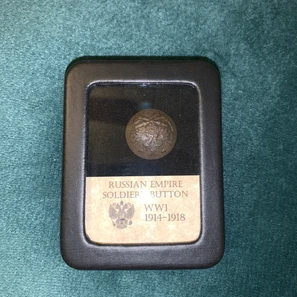
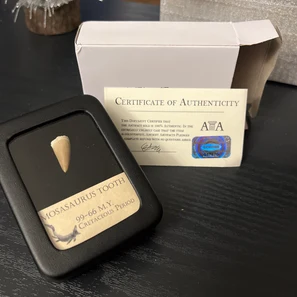
Fast shipping, the coin came with COA and was exactly as pictured! Thank you!
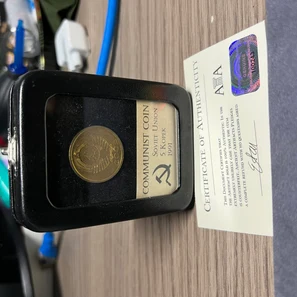
Gorgeous object. However, I would have preferred more details in his description.
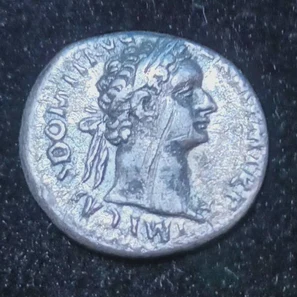
Comes with the little display case and everything advertised in the picture. Awesome store
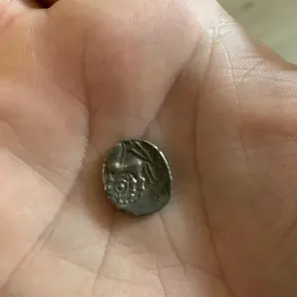
Very cool coin! I bought it for my dad for Father’s Day and I know he’s going to love it.
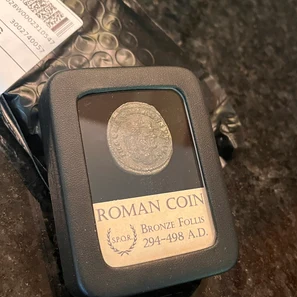
The seller was super helpful And professional during the inquiry before and during the purchase. He helped to pick out a beautiful piece for my brothers gift! Highly recommend.
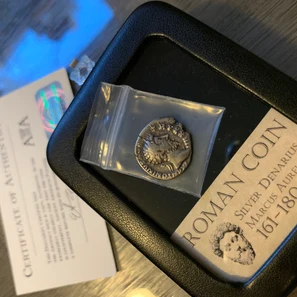
Definitely don’t want one of these to sink its teeth into me.
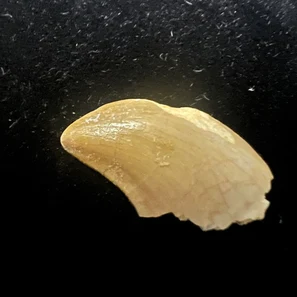
Condition of coin was as described and shipping was very fast. Thank you.
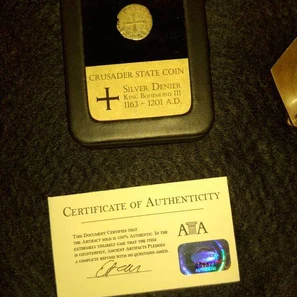
I really enjoyed receiving this coin display! It came well packaged and arrived on schedule. The display packaging is great and the coin looks to be well above circulated condition. Perfect!
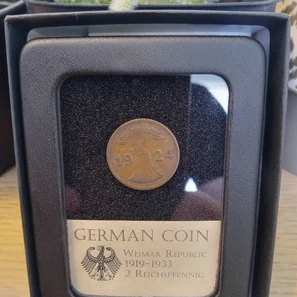
Great pin in a wonderful time presentation box!
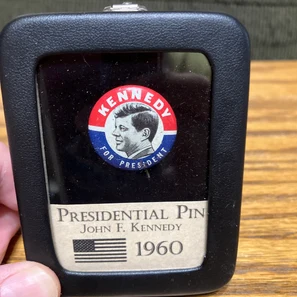
I like the coin a lot, it is a very nice piece of history. Fits perfectly in to my collection. Delivery was on time and packaging very good. The case that it is in is just so nice it looks like in a museum. :)
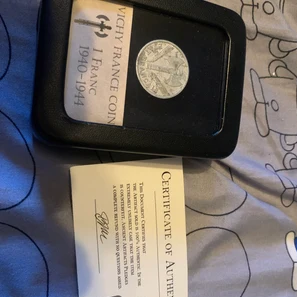
Amazing! I love both the coins I got from here!! I can’t wait to give them to their recipients for Christmas!
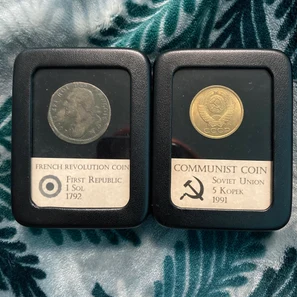
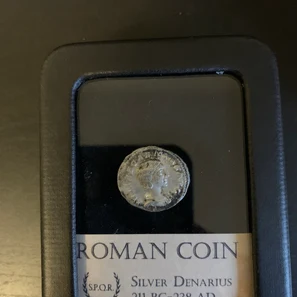
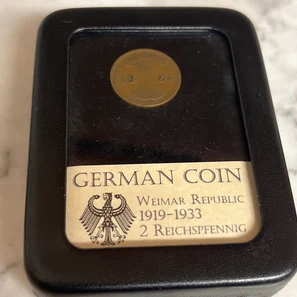
The Coin and case is awesome! The only additional thing that could make it perfect would be a little description of what/who the coin faces represent and possibly where the specific coin was found. Otherwise very content
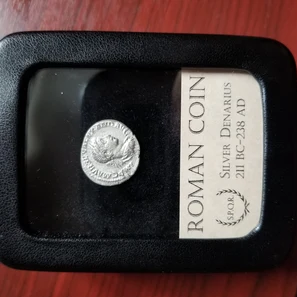
They were so helpful and patient with me I couldn’t be more grateful. They gave me such good service and such fast shipping I’m buying another coin when I get paid again!! I’m going to continue buying from these guys, it looks even better in person. It’s everything I was hoping for:) I’m obsessed with it it looks amazing in my collection:)
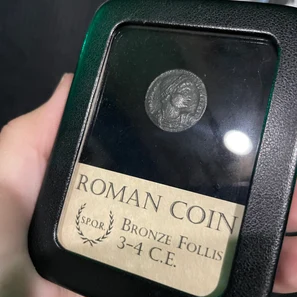
Great item with case. Carefully packaged. A great find!
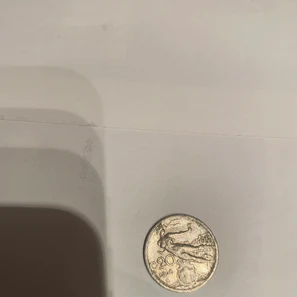

All Ancient Artifacts orders are backed by a lifetime authenticity & satisfaction or money-back guarantee